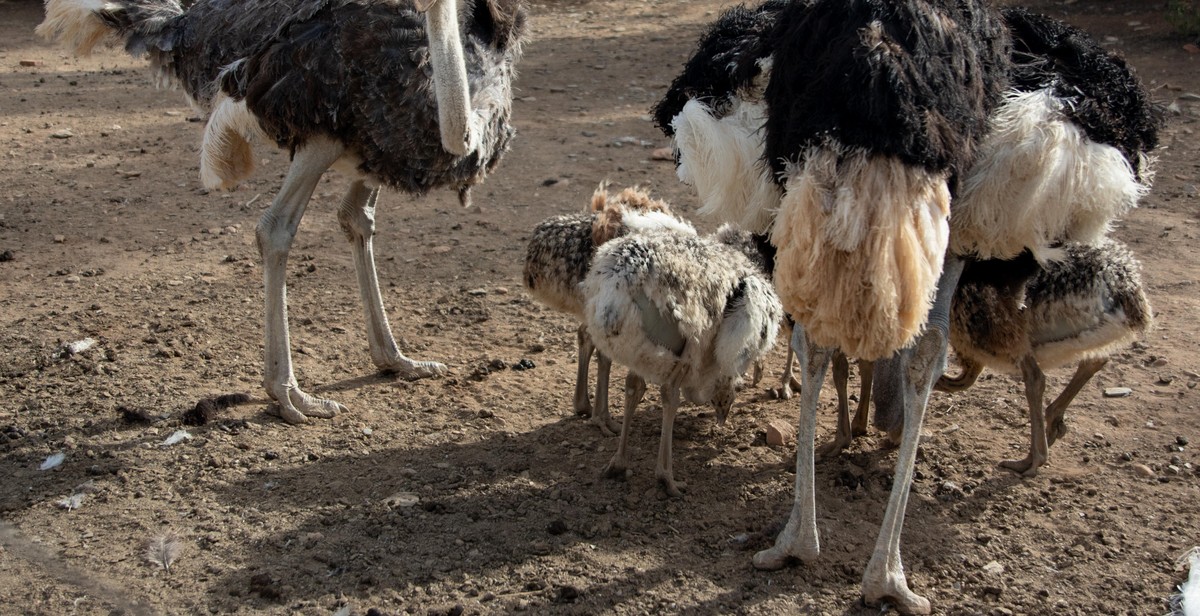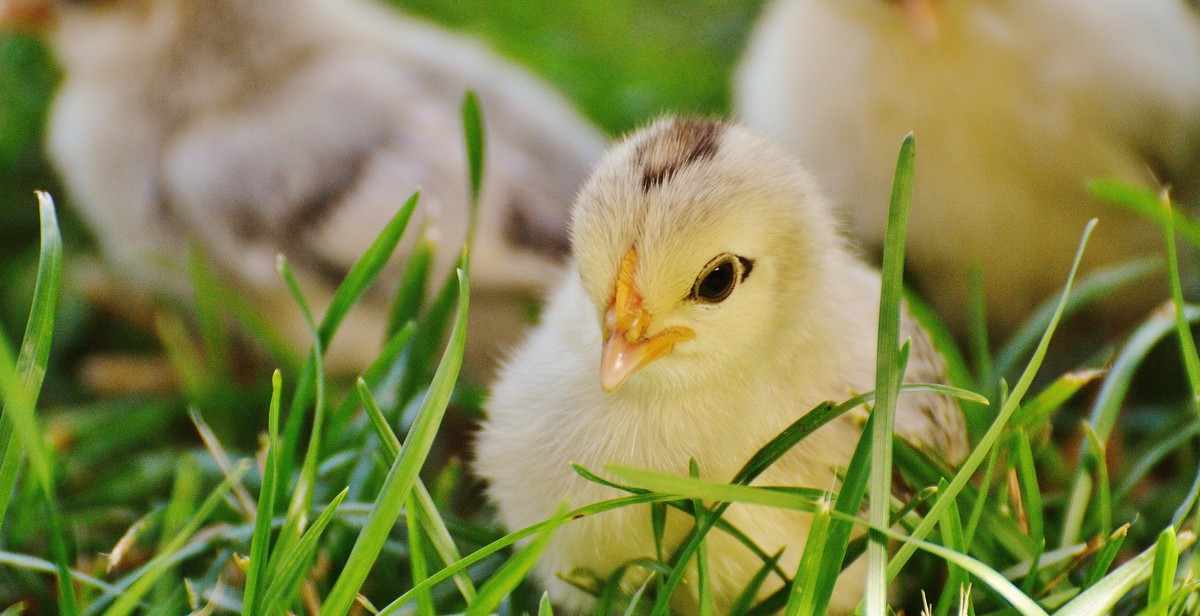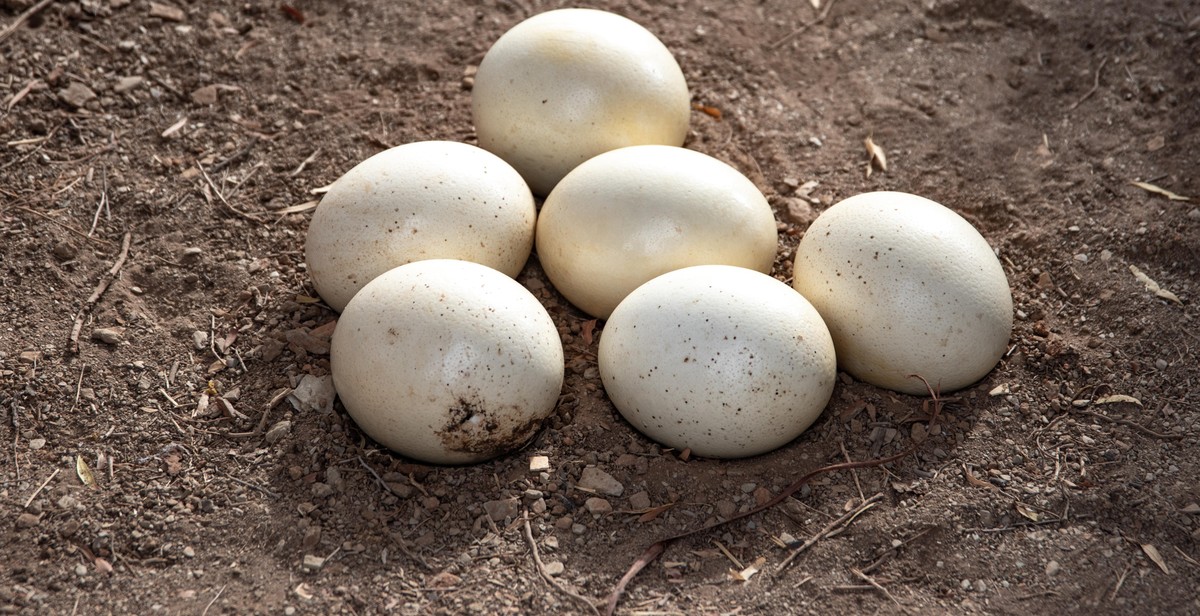How to Start an Ostrich Farm: Step-by-Step Guide to Establishing a Profitable Ostrich Farming Business
Have you ever considered starting an ostrich farm? Ostriches are fascinating animals that have become increasingly popular in the farming industry due to their large size, fast growth rates, and high-quality meat and eggs. Establishing a profitable ostrich farming business requires careful planning, preparation, and execution. In this step-by-step guide, we will provide you with all the information you need to start your own ostrich farm.
Why Start an Ostrich Farm?
There are many reasons why starting an ostrich farm could be a profitable venture. The demand for ostrich meat and eggs has been steadily increasing in recent years due to their low-fat content, high protein, and exotic nature. Additionally, ostriches are hardy animals that can adapt to a variety of climates and require minimal maintenance compared to other livestock.
Step-by-Step Guide to Starting an Ostrich Farm
Starting an ostrich farm requires careful planning and preparation. Here is a step-by-step guide to help you establish your own profitable ostrich farming business:
- Research and Planning
- Secure Land and Facilities
- Purchase Ostrich Chicks
- Feeding, Housing, and Health Care
- Marketing and Selling Ostrich Products
Each of these steps requires careful consideration and attention to detail to ensure the success of your ostrich farming business. By following this guide, you can establish a profitable ostrich farm and join the growing market for ostrich meat and eggs.

Step 1: Research and Planning
Starting an ostrich farm requires a considerable amount of planning, research, and preparation. Before investing your time and money into this venture, it is essential to research the market and develop a solid business plan to ensure that your farm is profitable.
Research the Market
Conducting market research is crucial in determining the demand for ostrich products in your area. You should identify potential buyers, such as restaurants, supermarkets, and specialty stores, and find out their preferences and requirements. Additionally, you should research the prices of ostrich meat, eggs, feathers, and leather to determine the profitability of your farm.
It is also important to research the competition in your area. Find out how many ostrich farms are already established, what they offer, and how they market their products. This information will help you identify gaps in the market and develop a unique selling proposition for your farm.
Develop a Business Plan
Once you have conducted market research, you should use the information gathered to develop a comprehensive business plan for your ostrich farm. Your business plan should include:
- A description of your farm and its products
- An analysis of the market and competition
- Your marketing and sales strategies
- Your financial projections, including startup costs, operating expenses, and revenue projections
- Your management and operational plans
Your business plan should be detailed and realistic, accounting for all possible expenses and risks. It should also include contingency plans for unforeseen circumstances, such as disease outbreaks or market fluctuations.
| Tip: | Consider seeking the advice of a business consultant or accountant to help you develop a solid business plan. |
|---|
By conducting thorough market research and developing a comprehensive business plan, you will be better equipped to start and run a profitable ostrich farm.

Step 2: Secure Land and Facilities
After conducting market research and developing a business plan, the next step in starting an ostrich farm is to secure suitable land and facilities. This step is crucial as it will determine the success of your ostrich farming business.
Find Suitable Land
When looking for land to establish your ostrich farm, it is important to consider the following factors:
- Size of land: Ostriches require a lot of space to roam around and exercise. The minimum recommended size of land for an ostrich farm is 5 acres, but ideally, you should aim for at least 10 acres.
- Location: Choose a location that is easily accessible and close to major roads. This will make it easier for you to transport your ostriches and products to the market.
- Climate: Ostriches thrive in dry and warm climates, so choose a location with a semi-arid climate.
- Water source: Ostriches require a lot of water, so make sure the land has access to a reliable source of water.
Once you find suitable land, you will need to prepare it for ostrich farming. This may involve clearing the land, constructing fences, and installing water and electricity infrastructure.
Build or Renovate Facilities
After securing land, the next step is to build or renovate facilities for your ostrich farm. Facilities may include:
- Shelters: Ostriches require shelter from extreme weather conditions such as rain, wind, and sun. You can build simple shelters using wood or steel.
- Feeders and waterers: Ostriches require a constant supply of food and water. You can purchase or build feeders and waterers.
- Nesting areas: Ostriches require nesting areas to lay their eggs. You can build simple nesting areas using hay or straw.
- Processing facilities: If you plan to process your ostriches for meat or leather, you will need processing facilities such as a slaughterhouse and tannery.
When building or renovating facilities, it is important to ensure they meet the necessary regulations and standards for ostrich farming.
| Step | Action |
|---|---|
| 1 | Find Suitable Land |
| 2 | Build or Renovate Facilities |

Step 3: Acquire Ostriches
Once you have established your ostrich farm, the next step is to acquire ostriches. There are a few options to consider when purchasing ostrich chicks.
Purchase Ostrich Chicks
The first option is to purchase ostrich chicks from a reputable breeder. When choosing a breeder, it is important to ensure that they are experienced and knowledgeable in ostrich farming. They should also be able to provide you with healthy and well-bred ostrich chicks.
You can purchase ostrich chicks at different ages, but it is recommended that you start with day-old chicks. This will allow you to raise and train the ostriches from a young age, which will make them easier to handle and manage as they grow older.
Raise and Care for Ostriches
Once you have acquired your ostrich chicks, it is important to provide them with proper care and nutrition. Ostriches require a specialized diet that is high in protein and low in fat. They also require plenty of water and access to a dust bath to help keep their feathers clean.
It is important to provide your ostriches with adequate space to move around and exercise. Ostriches are active birds and require plenty of room to run and stretch their legs. A general rule of thumb is to provide at least 100 square feet of space per ostrich.
Regular veterinary check-ups are also important to ensure the health and well-being of your ostriches. It is recommended that you establish a relationship with a veterinarian who has experience in treating ostriches.
Conclusion
Acquiring and raising ostriches can be a rewarding and profitable venture. By purchasing healthy ostrich chicks from a reputable breeder and providing them with proper care and nutrition, you can raise healthy and productive ostriches that will help establish your ostrich farming business.

Step 4: Market and Sell Ostrich Products
Now that you have successfully raised your ostriches and have a steady supply of ostrich products, it is time to start marketing and selling them. Here are some tips to help you get started:
Identify Potential Customers
One of the first things you need to do is identify your potential customers. Ostrich products are popular among health-conscious consumers who are looking for leaner meat options. Some potential customers include:
- Restaurants and cafes that offer healthy menu options
- Grocery stores that specialize in organic and natural products
- Online retailers that sell specialty meats
- Fitness enthusiasts who are looking for high-protein, low-fat meats
Once you have identified your potential customers, you can start reaching out to them and promoting your products.
Price Your Products Competitively
When it comes to pricing your ostrich products, it is important to be competitive. Do some research and find out what other ostrich farmers are charging for their products. You should also consider the cost of production and the quality of your products.
Remember that consumers are willing to pay more for high-quality, organic, and sustainably-raised products. Make sure to highlight the benefits of your ostrich products, such as their low-fat content, high protein content, and unique flavor.
| Product | Price (per pound) |
|---|---|
| Ostrich meat | $25-$30 |
| Ostrich eggs | $20-$25 |
| Ostrich feathers | $5-$10 |
Make sure to also offer discounts for bulk orders and repeat customers. This will help you attract and retain customers in the long run.
By identifying your potential customers and pricing your products competitively, you can successfully market and sell your ostrich products and establish a profitable ostrich farming business.

Conclusion
Starting an ostrich farm can be a profitable venture if done correctly. It requires a lot of planning, research, and hard work to establish a successful ostrich farming business. However, with the right resources and knowledge, you can start and run a profitable ostrich farm.
Key Takeaways
- Before starting an ostrich farm, research the market demand for ostrich products and identify potential buyers.
- Plan your ostrich farm layout and facilities to ensure the comfort and safety of your birds.
- Choose healthy ostrich chicks from reputable breeders and provide them with proper care and nutrition.
- Implement effective disease prevention and biosecurity measures to protect your ostriches from illnesses.
- Develop a marketing strategy to sell your ostrich products and build relationships with potential buyers.
Final Thoughts
Starting an ostrich farm can be a fulfilling and lucrative business venture. It requires dedication, hard work, and patience, but the rewards can be significant. Remember to always prioritize the health and welfare of your ostriches and stay informed about industry trends and best practices.
| Article Author: | John Doe |
| Date Published: | June 15, 2021 |
| Article Sources: |
|
